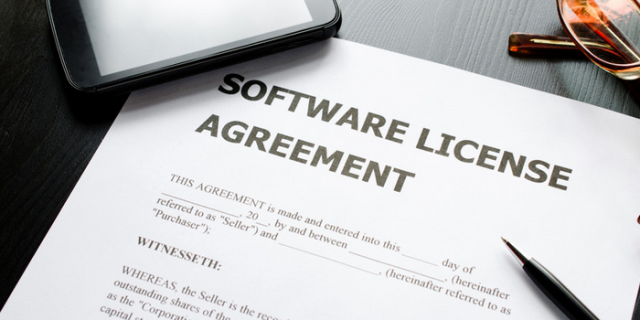Software sizing is another challenge. For example, a client may be paying for 64 cores but only utilizing 24. This results in overspend on the license. IT, Procurement, and Business units typically have little insight into the pricing structure of the software, usage, and industry pricing across other companies, which may have received better discounts.
Destiny ensures your licenses exactly match your current needs, which almost always leads to uncovered savings in your annual or multi-year software license agreements.
Destiny Corporation works with clients in three simple steps to identify:
- License needs
- License usage
- License rightsizing
Step 1: License Needs - Determine the software required by the organization.
- Identify business and IT requirements.
- Locate the data sources.
- Analyze the software license intent.
- Make recommendations on the mix of software licenses.
Step 2: License Use – Determine the user licenses associated with each department and how often they are used.
- Quantify software usage.
- Perform business need to software gap identification.
- Build a matrix of software licensed and software used by department.
- Make recommendations on software retirement and new license options.
Step 3: License Rightsizing – Determine current license usage and activity per environment.
- Determine software usage by environment.
- Pinpoint peak workloads.
- Ascertain environment bottlenecks.
- Prescribe the level of software licensing actually needed.
- Present the ideal environmental (infrastructure) specifications based on usage patterns.




A global financial firm was concerned about their large software license costs as they purchased 60 software products from one vendor. 53 products were no longer used by anyone at the firm, but IT and Procurement were unaware of this as only one bill was sent by the vendor. After discovery, the organization renegotiated their contract with the vendor upon renewal, yielding a multi-million-dollar annual savings.
A national insurer built up many types of analytics workloads on multiple environments. This included both user facing and batch workloads executed by IT. After careful analysis, Destiny was able to analyze the software licensed, compare it to the workloads/software used, and recommend options for the client. Some workloads remained as is for users. Others were migrated to less costly environments, achieving the same results for the organization. Software cost savings was greater than 50% of their annual license fees.
A large bank was concerned about their multi-year software license costs that was purchased by the COO. A large, multi-server environment was built for the software with the intention of performing advanced customer analytics. As there was no formal plan that was executed, the organization never deployed all of the data to make use of the environment. In addition, other means were available to perform analytics. The result was an environment was paid for on a multi-year contract. The COO left the organization and utilization on the environment was much less than expected. Destiny’s analysis helped the organization move workloads to other analytic platforms and the licenses were retired and not renewed. This saved the organization over $20 M U.S. dollars per year.

